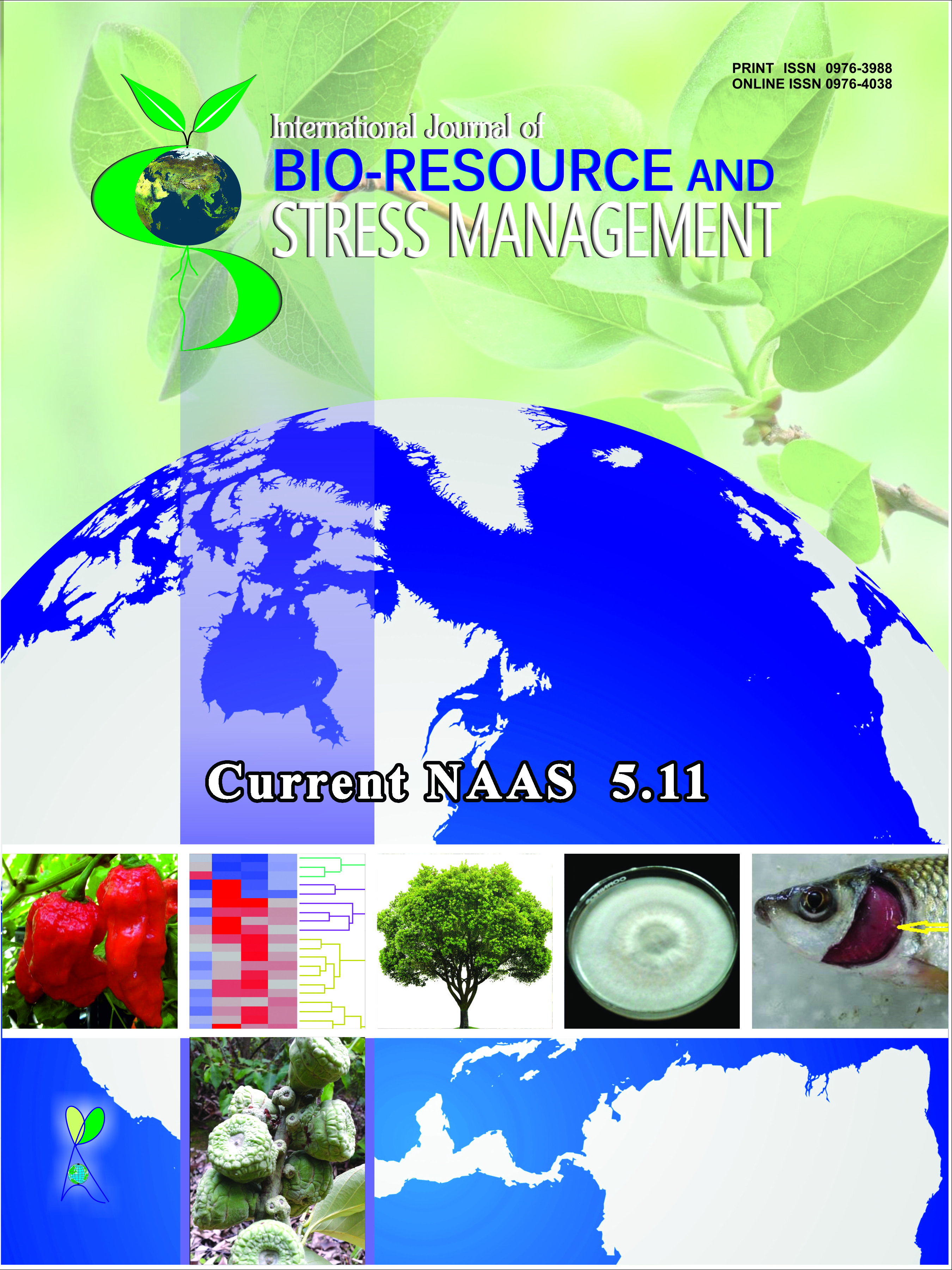Agronomic Management for Improving the Water Productivity under Sri Ram Sagar Project Command, Andhra Pradesh, India
Keywords:
Command area, maize, rice, sesame, OFT, water productivityAbstract
On-farm trials (OFT) to assess the water productivity and to suggest alternative agronomic measures for its improvement during 2008-09 and 2009-10 were conducted under D51 distributory of Kakatiya Canal, Sri Ram Sagar Project, Andhra Pradesh. The grain yield and field water use productivity improved by adoption of ridge and furrow method of irrigation in place of flat bed for maize, rotational irrigation/alternate wetting and drying and by maintaining 44 hills m-2 in rice during rabi. Adopting these agronomic techniques there will be a saving of 122-162 mm of water in maize and 8-12% water in rice over farmer’s practice of flat bed in maize and daily irrigation (continuous submergence of 5-10 cm), respectively. Further, application of higher levels of N than recommended has improved grain yield of rice and thereby field water use efficiency. Application of 90 kg N ha-1 improved yield and water productivity of sesame. The irrigation rate (quantity of water) applied was more under canal irrigation compared to well irrigation. Farmers adjusted their cropping pattern by crop diversification from rice to green gram and ground nut and used we1l water in conjunction with rain and canal when water scarcity observed during 2009-10 compared to 2008-09 under D51 canal command area of Sri Ram Sagar Project.
Downloads
Downloads
Published
How to Cite
Issue
Section
License
Authors retain copyright. Articles published are made available as open access articles, distributed under the terms of the Creative Commons Attribution-NonCommercial-ShareAlike 4.0 International License, which permits unrestricted non-commercial use, distribution, and reproduction in any medium, provided the original author and source are credited. 
This journal permits and encourages authors to share their submitted versions (preprints), accepted versions (postprints) and/or published versions (publisher versions) freely under the CC BY-NC-SA 4.0 license while providing bibliographic details that credit, if applicable.





